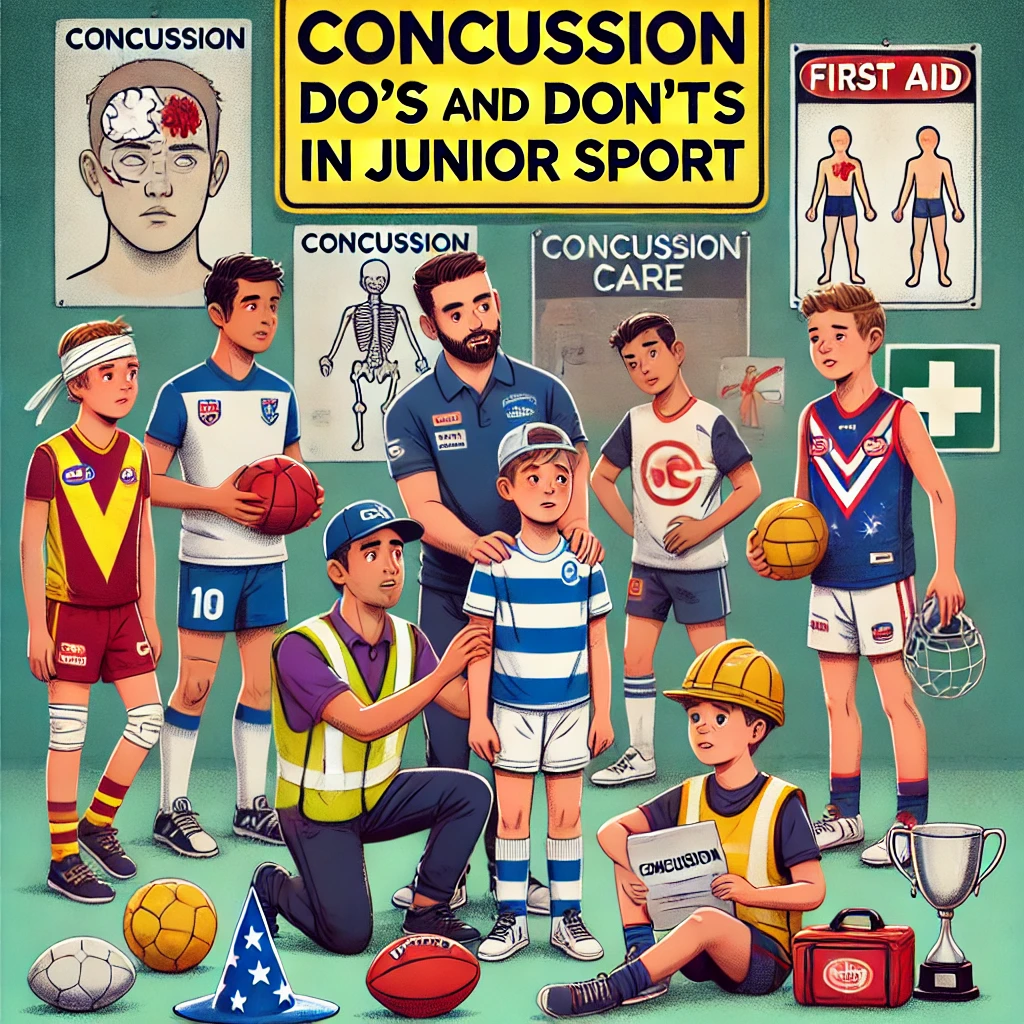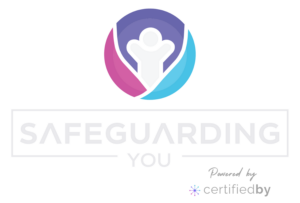Concussions are a serious concern in junior sport, and understanding how to handle them is crucial for the safety and well-being of young athletes. This guide provides essential do’s and don’ts for coaches, parents, and players to effectively manage concussions and ensure a safe sporting environment.
Understanding Concussions
A concussion is a type of traumatic brain injury caused by a bump, blow, or jolt to the head. Even mild concussions can have significant effects, particularly in children and adolescents whose brains are still developing. Symptoms can include headaches, dizziness, confusion, and changes in behaviour or mood.
Here are some Do’s and Don’ts for Concussion Management…
Do:
- Educate Everyone Involved
-
- Ensure coaches, players, and parents are informed about the signs and symptoms of concussions.
- Provide training on proper concussion management and return-to-play protocols.
- Recognise the Signs
-
- Be vigilant for symptoms such as headaches, nausea, balance problems, blurred vision, and difficulty concentrating.
- Understand that symptoms can appear immediately or be delayed for several hours or even days.
- When in Doubt, Sit them Out
-
- If a concussion is suspected, immediately remove the athlete from play.
- Prioritise the athlete’s health over the game. Continuing to play can exacerbate the injury.
- Seek Medical Attention
-
- Have the athlete evaluated by a healthcare professional experienced in concussion management.
- Follow the medical professional’s advice regarding rest and recovery.
- Ensure Proper Rest and Recovery
-
- Allow the athlete to have both physical and cognitive rest. This means limiting activities such as schoolwork, reading, and screen time.
- Gradually reintroduce activities based on the healthcare professional’s guidance.
- Implement a Return-to-Play Protocol
-
- Follow a step-by-step return-to-play protocol once the athlete is symptom-free.
- Each step should gradually increase in intensity and only progress if no symptoms reappear.
Don’t:
- Ignore Symptoms
-
- Never downplay or ignore symptoms of a concussion. What might seem minor can have serious long-term effects.
- Encourage athletes to speak up about their symptoms without fear of judgement or repercussions.
- Rush the Return
-
- Avoid pressuring the athlete to return to play before they are fully recovered.
- A premature return can lead to further injury and prolonged recovery time.
- Rely Solely on Visible Symptoms
-
- Not all concussions present with visible signs like loss of consciousness.
- Trust the athlete’s self-reported symptoms and seek medical advice if in doubt.
- Allow the Athlete to Be Alone
-
- Ensure the athlete is supervised by a responsible adult for the first 24-48 hours after the injury.
- Monitor for any worsening symptoms or changes in behaviour.
- Overlook the Emotional Impact
-
- Understand that concussions can also affect an athlete’s emotional well-being.
- Provide support and encourage open communication about their feelings and concerns.
Creating a Concussion-Safe Environment
- Foster a Culture of Safety: Emphasise the importance of health and safety over winning. Make it clear that playing through a concussion is unacceptable.
- Regular Training and Updates: Keep up-to-date with the latest concussion management practices and ensure regular training for all stakeholders.
- Promote Protective Equipment: Encourage the use of appropriate protective gear and ensure it is properly fitted and maintained.
In a nutshell…
Concussions require serious attention and careful management in junior sport. By following these do’s and don’ts, we can protect young athletes and help them recover fully before returning to the sports they love.
At Safeguarding You, we are committed to promoting safe practices and supporting the health and well-being of all athletes with affordable and educational online programs, that help leagues and clubs upskill, audit and improve their safeguarding (and concussion) standards.
The Sports Concussion Implementation Program helps clubs with limited resources understand, assess, report, improve, and certify their concussion management standards.
Together, we can create a safer sporting environment for our youth.




